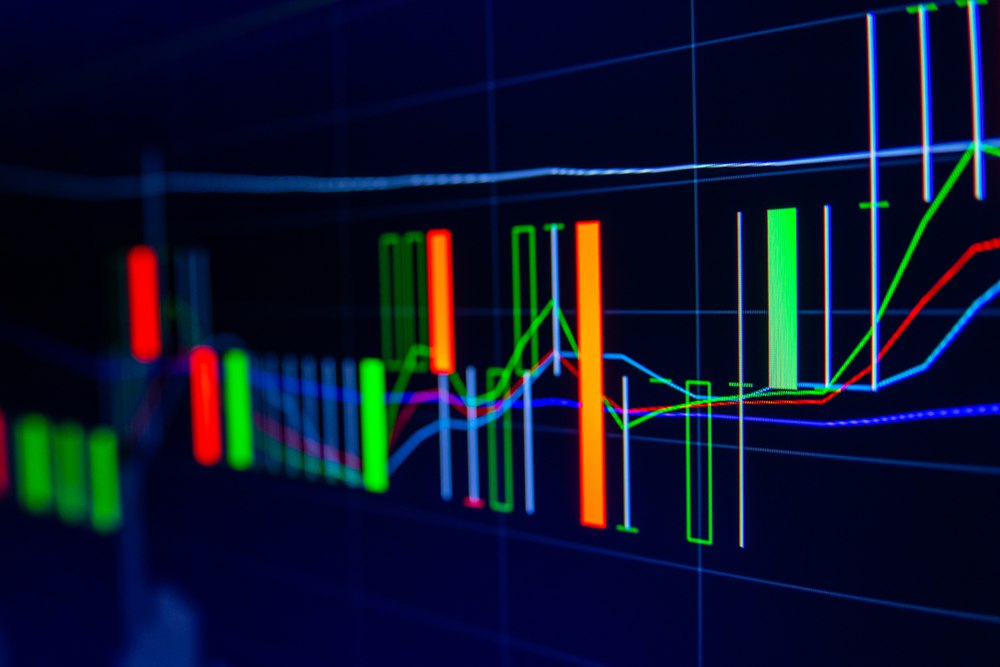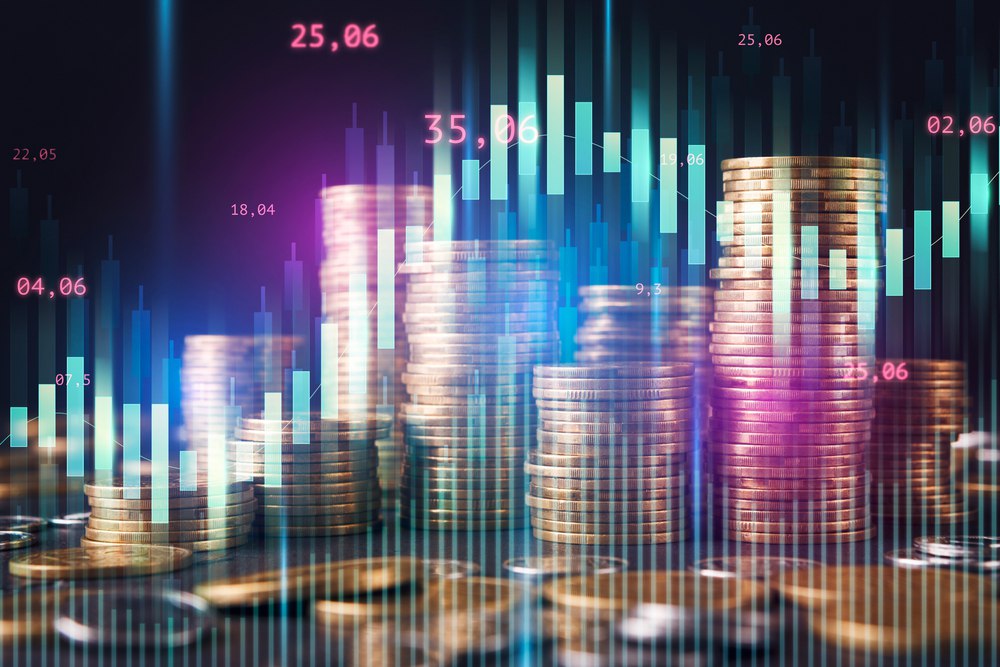Gold and Silver Prices Rally as Central Banks Increase Acquisitions
The precious metals market is staging a rally off oversold positions even as traders retain skittish sentiments over the rate hikes. Fed officials suggest they favor additional rate hikes, while inflation data shows that a slowdown is still far off. So even though the Fed lowered the interest rates in Feb, most policymakers suggest a return to 50 bp is the way to go.
Markets continue to anticipate a pause before summer 2023. However, gold and silver are expected to advance if the central banks worldwide decide on a more dovish move for the economy’s future. As a result, the two metals will see more haven seekers trickle in.
Interest in the precious metal business has been low this year, with the ECB and the Fed raising interest rates and not signaling a slowdown in rate hikes. The physical bullion in buys has remained brisk and is not generating enough momentum for spot prices.
Central Banks Globally Are Buying Gold
Central banks globally are buying gold to diversify their foreign reserves, reducing their exposure to the US dollar. In addition, the countries see the need for hard money as geopolitical tensions between the US and China continue to put the dollar at risk as the world reserve currency.
Suppose gold was to have a bigger role in the world monetary order than its current influence as a form of baking. In that case, it could significantly impact the availability of physical gold supply and, ultimately, gold prices.
For example, there has been an uptick of 16% in Central banks worldwide buying the metal in Jan 2023 alone. This move will ultimately pressure the available physical supply of gold, increasing prices.
China has added over 15 tonnes of the metal to its reserves, with Turkey as the most prominent sovereign butter of the metal in 2022. Russia made massive moves in buying the metal following international sanctions to shield itself from the sanctions it received from the west last year.
Central banks increased their overall acquisition of gold by over 1,100 tonnes last year, a 150% increase from 2021. Moreover, the World Gold Council expects this trend to continue deep into 2023, indicating a strong demand for gold as a monetary asset.
However, you must note that this does not mean the banks are trying to adopt metal as the standard. Rather they are looking to mitigate risks that come with holding financial assets, such as inflation and currency fluctuation. According to FX street, the banks hedge against inflation using metal to mirror stability and maintain public confidence in monetary policies.
In Other News
In other developments, a bill that went through in the Wyoming Senate, which included provisions related to gold acquisitions by the state and allowing tax payments in gold and silver, was subject to heavy scrutiny by the house revenue committee.
As a result, most key elements of the bill were purged, including the authority of gold acquired by Wyoming. Rep. Mark Jennings failed in a campaign to save the bill. Instead, he proposed an amendment requiring the state to acquire gold or silver.
Some financial challenges are facing the state, including emerging market debt. In addition, the state has yet to take steps to acquire gold or silver as a form of sound money, even as the price of gold has risen significantly since the issue was first debated in 2019.







